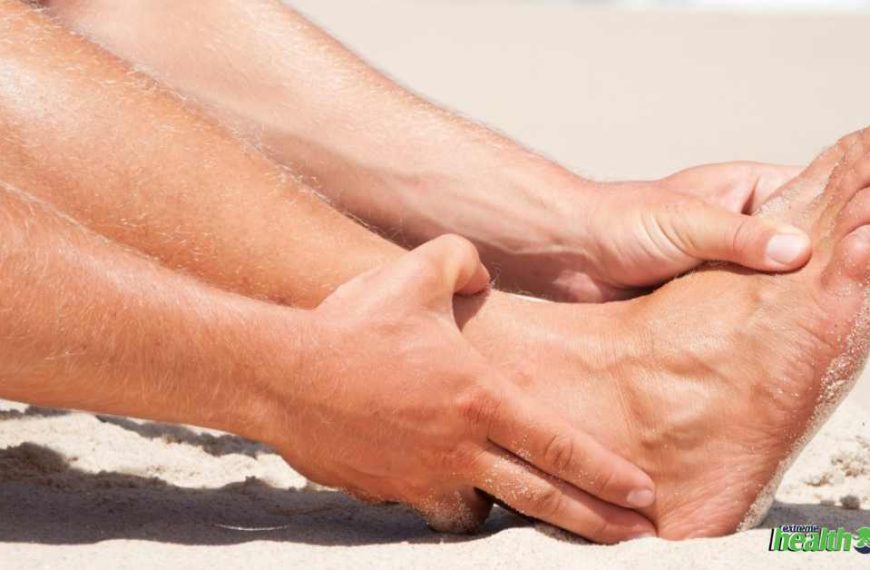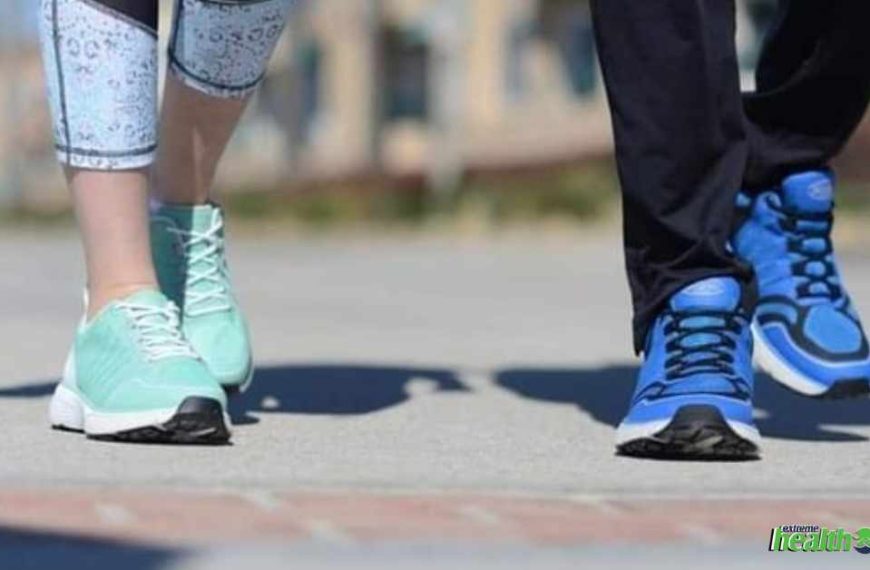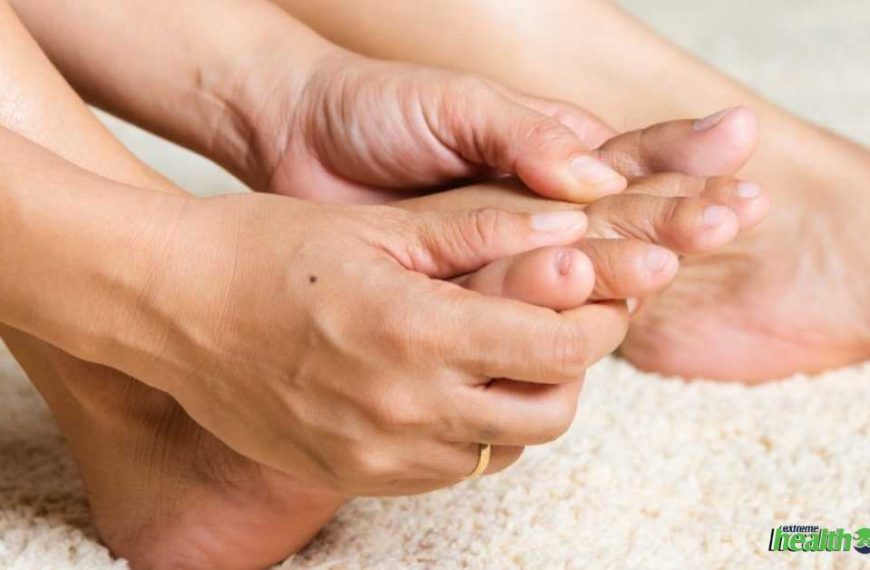Last Updated on December, 2024
If you have plantar fasciitis, you know the type of excruciating pain you feel in your heel.
Finding comfortable footwear that you can wear for long periods without feeling worse than you already do every morning can be challenging.
The most common footwear recommended for plantar fasciitis is either Crocs or Birkenstocks. But which one is the best? Let’s find out….
Quick Summary
Crocs and Birkenstocks are good choices for long-term plantar fasciitis sufferers due to their cushioning, arch support, and sole.
Crocs have models that are specifically designed for people with foot problems, while Birkenstocks are better suited for exploring cities than trekking.
Comfortability and arch support are the most important factors to consider when choosing a shoe for plantar fasciitis.
Quick Navigation
- Overview of Crocs
- Benefits of Crocs
- Design Flaws
- Overview of Birkenstock
- Benefits of Birkenstock
- Design Flaws
- Which Footwear is Better? Crocs or Birkenstocks for Plantar Fasciitis?
- What Features Make Crocs and Birkenstocks Good for Plantar Fasciitis?
- Sole
- Comfortability
- Type of Heel/ Arch Support
- Should You Get Birkenstocks or Crocs?
- Conclusion
- FAQs
- Are Crocs or Birkenstocks Comfortable for Walking?
- What is Plantar Fasciitis?
- Was this article helpful?
Overview of Crocs

Although very well known now, Crocs were initially created to be used as non-slip sandals for boating due to their water-resistant nature. Over time, they have become everyday footwear for people with foot problems due to their comfort and design.
Related article: Best diabetic crocs
Benefits of Crocs
There are many different styles and brands of Crocs. While specific models of crocs are now available specifically for those with heel problems, others are created to be everyday shoes.
Crocs made for planter feet can support your arch and heel to enhance comfort while waking and reduce pain. As well as provide good cushioning and protection.
Most Crocs are light and breathable. Because they don’t squeeze the toes, they also improve circulation.
Design Flaws
According to Dr. Megan Leahy of the Illinois Bone and Joint Institute, they should be worn only some days despite the benefits.
Crocs do not have the most secure heel, which can lead to tendonitis if worn for long periods throughout the day.
Overview of Birkenstock

The Birkenstocks were developed in Germany to produce comfortable footwear after recognizing the needs of patients with foot problems.
Benefits of Birkenstock
Birkenstocks are constructed of cork and latex. These materials conform to your feet ‘shape.
As a result, the pressure that contributes to plantar fasciitis is reduced. Your foot is supported by the cushioning and arch support working together and also protected from impact.
Because of the additional support the shoes offer, walking requires less pressure on your feet’s soles.
These sandals have an orthopedic insole that gives the wearer’s feet, and heel spurs additional support and cushioning.
Design Flaws
The improvement of foot health for plantar fasciitis is not a long-term treatment. Wearing these shoes forces your feet into a fixed position while adding additional support from the shoe.
Although it is perfect for the early stages, it constantly trains the feet to rely on outside assistance.
Patients with plantar fasciitis should initially focus on their feet and ligaments, and only then should they partially rely on the shoes.
Which Footwear is Better? Crocs or Birkenstocks for Plantar Fasciitis?
Overall, the Birkenstocks are better footwear for planter fasciitis than Crocs, as it was made for this very purpose. However, that does not mean Crocs are necessarily bad for plantar fasciitis sufferers.
What Features Make Crocs and Birkenstocks Good for Plantar Fasciitis?

Although these shoes are considered suitable for plantar fasciitis, some of their models will work for you, especially Crocs.
Sole
Patients with plantar fasciitis should wear shoes with a firm sole. Your sole shouldn’t twist as you walk. Stress, fatigue, and leg and foot discomfort can result from wearing shoes without the right sole. (1)
Some crocs have solid and thick soles and lots of padding in the footbed. Those who experience plantar foot soreness will gain from this combination.
The extra pressure point for walking that was previously required when wearing regular shoes is created by the Birkenstock footbed. As a result, consumers progressively feel comfortable as the shoe footbed conforms to their sore feet.
Comfortability
The majority of crocs have incredibly plush footbeds. For this use, Crocs with good insoles are the best option. There are also wonderfully soft foam-cushioned insoles and deeply cushioned footbeds.
The Birkenstocks firm created the outsole using its customised footbed technology, which lessens heel pain. These shoes have an orthopaedic insole that gives the wearer’s feet, and heel spurs additional support and cushioning.
Birkenstocks are incredibly comfortable to wear because they absorb any excessive impact and ease pressure on your feet and spine.
Type of Heel/ Arch Support
A reinforced heel is an important element of footwear for plantar fasciitis sufferers as this prevents overstretching of your plantar fascia ligament.
It should also allow your ligament to relax and not become overly torn. Certain Crocs styles do have heels that are noticeably stronger than others.
Every Birkenstock features an excellent footbed consisting of ample toe room, a substantial heel, and adequate arch support.
This contributes to the weight being distributed evenly across the entire foot that makes walking become more comfortable as posture and balance are improved.
Should You Get Birkenstocks or Crocs?

Overall, it depends on the model of Birkenstocks or Crocs you buy and what you feel most comfortable in.
Birkenstocks are great if you are suffering from plantar fasciitis since they are specifically made to relieve pain and provide support.
However, although Birkenstocks can handle rugged terrain with high durability, they are more suited for exploring cities than trekking. They are also comfy enough to wear for an extended time.
Nevertheless, Crocs are also a good choice if you feel more comfortable in them and want more coverage like a shoe. Many new Crocs models are now shock absorbent and designed to relieve foot pain.
Unfortunately, not all Crocs are designed for people with foot complications; therefore, please check if the model and brand are suitable for plantar foot before buying.
Conclusion
Now that you have made it to the end, I hope this article has answered all your questions on crocs and Birkenstocks.
Overall the Birkenstocks and Crocs are both good choices for a long-term plantar fasciitis sufferer. They both have the necessary cushioning, arch support, and sole to put a plantar foot at ease.
However, since Crocs many models, some for everyday wear and others specifically for people with foot problems make sure to select the correct Crocs model that is designed for plantar foot.
What matters the most is comfortability and arch support for the wearer. Therefore, the choice is up to you and what your feet feel comfortable walking in.
FAQs
Was this article helpful?
Was this article helpful?









